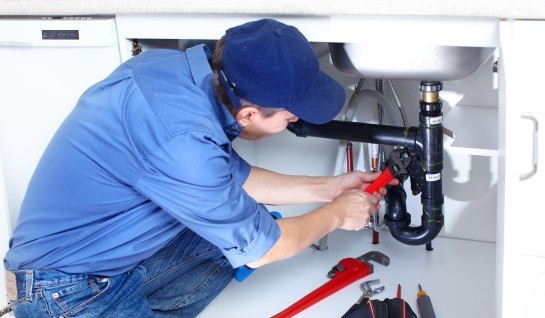Ask any real property specialist, and they will tell you the value of land increases over time, while buildings and structures on it devalue as they deteriorate. That is unless we keep our homes maintained, and upgrade them periodically.

Plumbing Inspection Tips
This is especially true when it comes to water supply and drainage. Close inspection to the plumbing is essential, as wet areas like kitchens and bathrooms are the most expensive to fix. Significant rainfall, means drainage issues are common for Melbourne property inspections.
These plumbing inspection tips could save you thousands when you follow them – or at least provide an assurance that everything is in order.
Check the Water Supply Out First
Water supplies pack in at the most inconvenient moment and can flood your home and cause major damage to your carpets and timber flooring. Use these two plumbing inspection tips to determine if repairs are on the way.
- Find the main incoming valve that is usually at the water meter, and turn it fully on. Then check the water at the highest delivery point – an upstairs bathroom sink is good. If the pressure is weak, there is a chance the water pipes have ‘furred up’ owing to lime-scale in the water. Has the system pressure tested?
- Turn inside taps fully open and then quickly off again. If you hear a sound like something hitting a pipe, you have a ‘water hammer’ suggesting a pipe is hanging loose somewhere. Eventually, that pipe is going to snap in two somewhere in the roof and cause chaos. Do not ignore plumbing inspection tips like this. Get a competent property inspector into the attic.
- Check your hot water by running the hot water tap, and visually inspecting your hot water system. Any signs of hot water problems may mean a replacement water heater is needed.
Two Powerful Plumbing Inspection Tips for Drainage
Most folk never go near dirty water and sewage disposal systems, because these are unpleasant areas when they go wrong. Plumbers know this, and they generally build these systems to last (unless we put something silly down them). The warning sign is when they do not perform as expected.
Before you start, ask whether the system drains into the town system, or to a septic tank. Following these tips can save your thousands on plumbing related services. Just emptying a septic tank can be major work especially if the access is poor.
- Obtain friendly assistance to help you flush all the loos at the same time, and observe whether they discharge as you might expect. Partly fill the sinks and baths and repeat the process. If some drain well and some do not, you have a local stoppage somewhere. If they all give problems, then you may have a blockage underneath the garden.
- Obtain a building plan that shows the run of outside drains, and the position of the septic tank if there is one. Step outside and pace this out leaving temporary markers at joints and bends. Then consider the position of new fence posts, and large shrubs and trees whose roots could penetrate a seeping joint and block it. If you suspect a problem, it will definitely pay you to ask a drainage specialist to put a camera down.
Hopefully, these plumbing inspection tips will avoid you flushing good money down the drain! Make them part of regular property inspection for your home.
Have you had experience with buying a house with water damage? Tell us your story in the comments.


